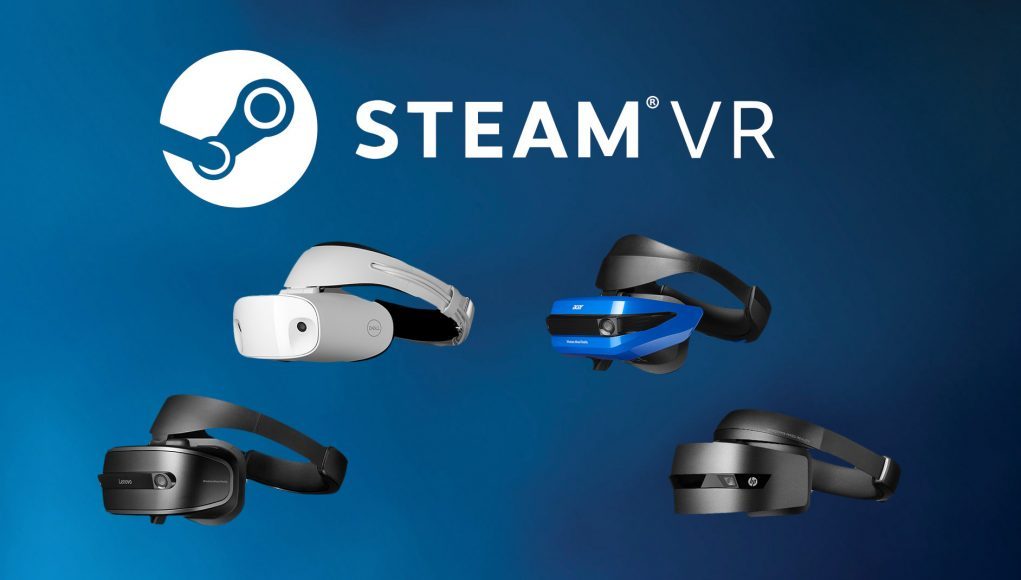Microsoft today announced that Windows VR headsets will be able to play SteamVR content.
Microsoft is working toward the launch of consumer Windows VR headsets coming this holiday, and today co-announced with Valve that the headsets will support SteamVR content.
“The introduction of Windows Mixed Reality headsets is big step forward for VR. Working with Microsoft to include SteamVR compatibility with these devices is also a big step in growing VR as an open platform for developers and consumers,” said Valve’s Joe Ludwig. “With a broad range of hardware options available from leading PC manufacturers, the Steam community will have more choice than ever to experience the amazing potential of VR.”
Microsoft isn’t offering specifics about SteamVR compatibility with Windows VR headsets just yet, but our expectation is that the companies are collaborating on an OpenVR driver for the Windows VR headsets, which allows them to hook into SteamVR content in a similar way to the HTC Vive and Oculus Rift. Valve created OpenVR specifically as an open pathway for other headsets to access SteamVR content; if their efforts have been successful, developers of SteamVR content should need to do only very little (if anything) in order for their apps to be compatible with Windows VR headsets.
Microsoft is planning to sell so called “Mixed Reality” (their name for AR and VR) content from their own store, but since they’re essentially starting from scratch, Steam makes for a useful stopgap to ensure customers of the forthcoming Windows VR headsets have plenty to do in the meantime.
And while there’s a range of great VR applications on Steam, owners of Windows VR headsets will surely be wondering whether or not they can access games and apps that are exclusive to the Oculus store. Right now it seems unlikely that Oculus will officially support Windows VR headsets, however the company did recently say that in the future they may offer an open door for third-party headsets that want to access their store.
It’s also possible (maybe even likely) that we’ll see an unofficial workaround that makes Windows VR headsets compatible with Oculus content. Vive users can currently play Oculus games using the Revive workaround, which could provide a framework for doing the same with Windows VR headsets, especially if they have a working OpenVR driver.







